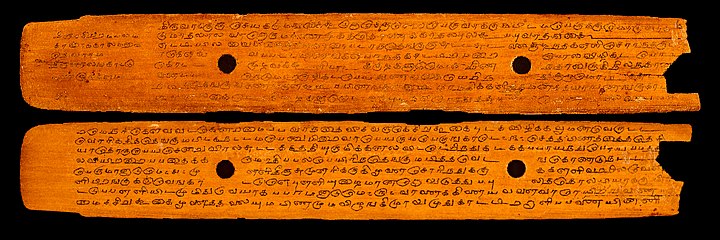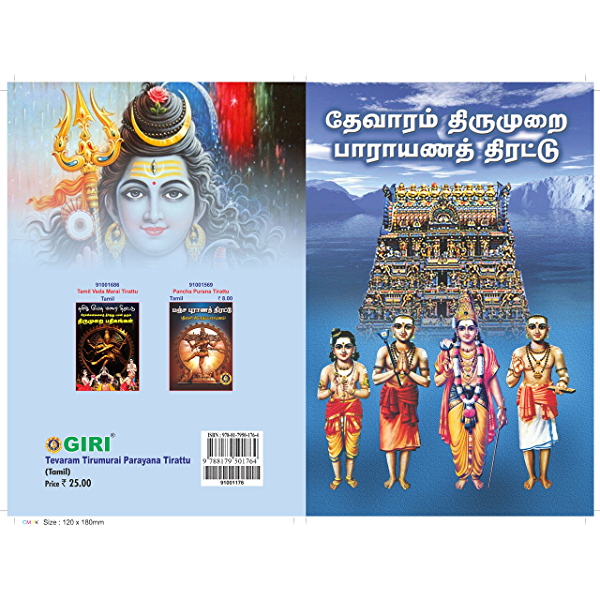ॐ श्री गुरुभ्यो नमः ॐ श्री शिवानन्दाय नमः ॐ श्री चिदानन्दाय नमः
Source of all Images in this Blog-post : Google Images : ‘Google Image Search’ will reveal the multiple sources of every single image shared in this Blog. For more details, kindly see ‘Disclaimer‘
Tevaram: Tamil Shaivite Devotional Hymns
Explore the web to buy books on Tevaram


The name Tevaram refers to the first seven volumes of the canonical texts of Tamil Shaivism, Panniru Tirumurai, the 12-volume collection of Shaiva devotional poetry of Tamil region.
Consisting of 800 sacred hymns to the Hindu God Shiva, Tevaram dates back to the 7th and 8th century.
Attributed to the authorship of three Tamil Shaivite saint-poets known as Nayanmarsin Tamil, Sambandar (also known as Tirugyanasampandar), Appar (also called Tirunavukkarasar) and Sundarar – all three collectively known as Muvar (The Three).

Tevaram is a living tradition in Tamilnadu and Sri Lanka. Recited regularly in the homes of Tamil Shaivite families and Shiva temples, Tevaram preserves the integrity of its words in verses through the musical mode known as Panmurai.
Tevaram’s exquisite poetry of passion and intensity is characterised by intense emotional Bhakti.

Explore the web to buy books on Tevaram
The traditionally printed books of Tevaram are available in two different arrangements : the Panmurai arrangement, where the hymns are organised according to musical modes; and Talamuṛai, where the hymns are arranged according to the sacred sites.
The three principal Nayanmars – the Muvars – walked to the Shiva temples one by one and composed individual hymns in praise of a particular manifestation of Shiva often referring to the temple myths, the sanctity of the site and trees unique to the temples.
Since most of the Muvar Tevaram are composed in praise of temples situated in the upper and lower banks of the holy river Cauvery, the Talamurai arrangement and recital of Tevaram in that order are considered to be a pilgrim’s journey on the banks of the river Cauvery.
In the 10th century, during the reign of Raja Raja Chola I, Tevaram palm leaves were found to be abandoned in a locked room of Chidambaram Nataraja temple.
Nambiyandar Nambi collated them all along with other religious texts and Raja Raja Chola I established the institution of Oduvars, a sect of Saivite devotional singers, specifically to recite Tevaram in Siva temples.
The 276 temples revered in these verses are called Padal Petṛa Talankaḷ, and another 256 places mentioned in the verses are called Vaipu Talankal.
Bhakti is the great, many-sided effect in Indian Hindu religion.
For the author of devotional literature, it is a shift of attention from the object to the subject as the poet is not an observer but a participant. It is a shift from passive modes of reception to active modes of proclamation. It is also a shift from seeing and hearing to touching.
This performative aspect of emotional Bhakti is very much evident in the verses of Tevaram.
The entire collection of Panniru Tirumuṛai along with the translations in English, Telugu, Malayalam, Kannada and Hindi are available online with recorded recitals in Tamil at thevaaram.org.
A few YouTube videos on Tevaram
